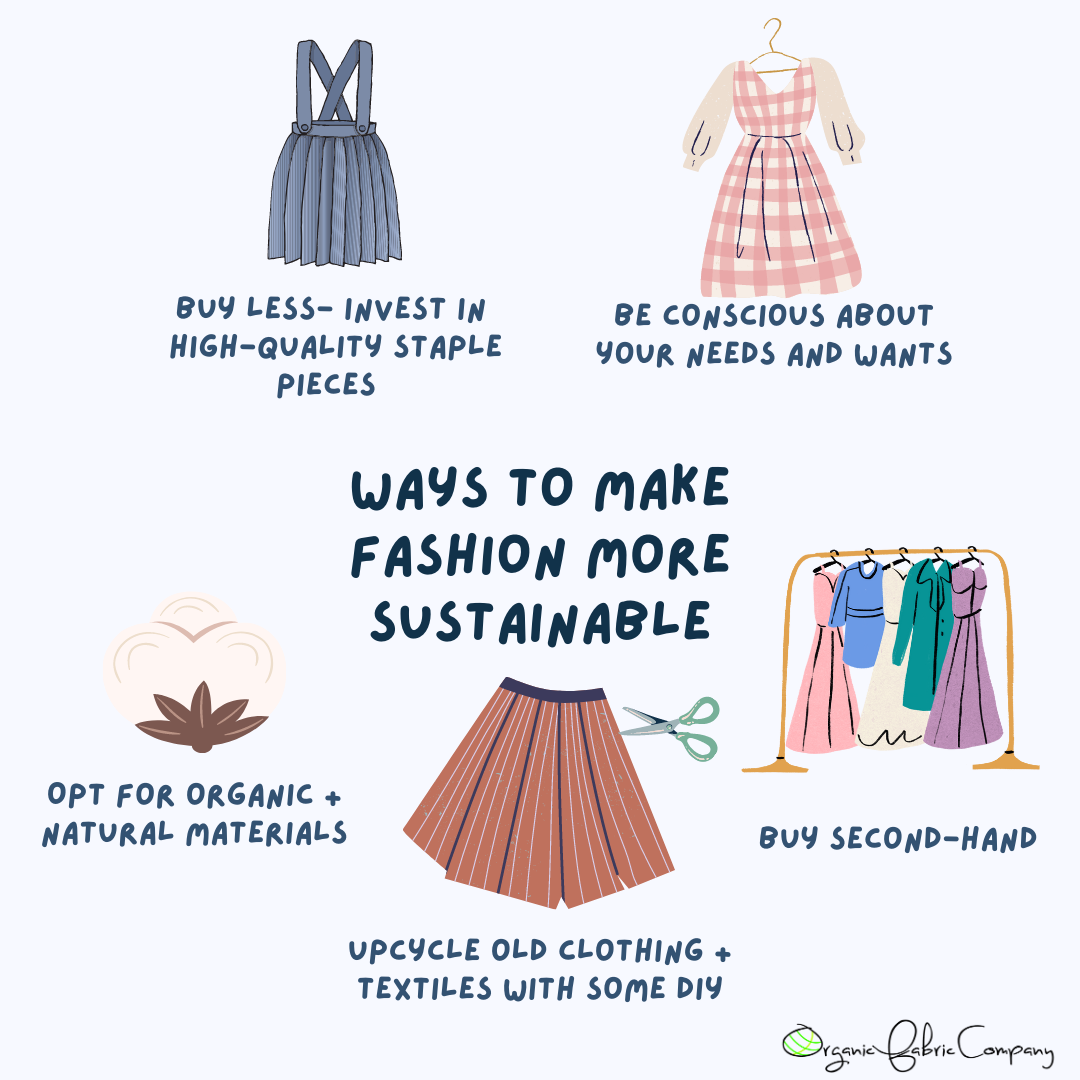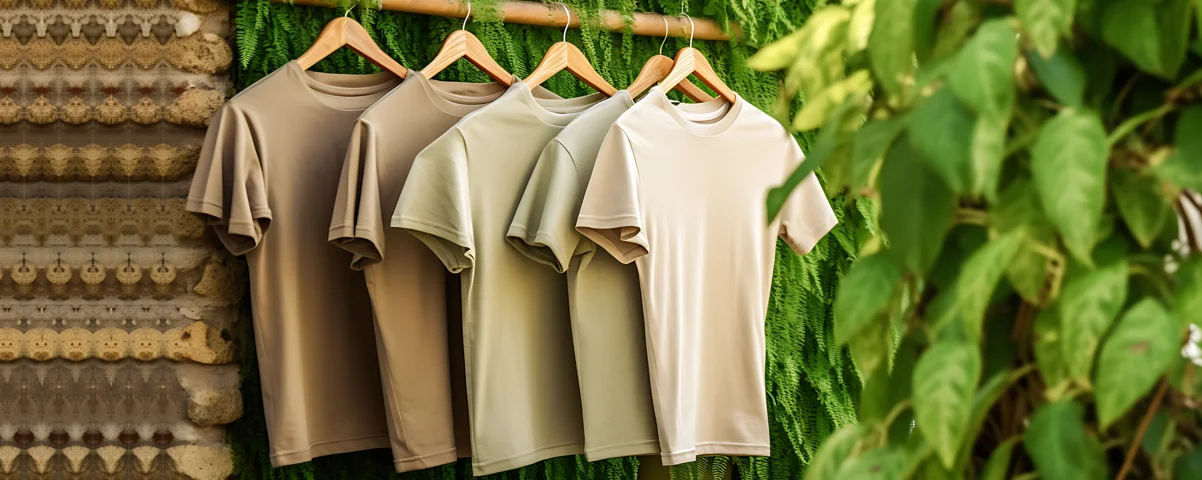Keep Ahead of the Curve by Exploring Ingenious Style Trends
In an industry as dynamic as style, staying in advance includes greater than simply adhering to existing fads-- it requires an exploration of innovation. Smart fabrics, for instance, are transforming garments into functional work of arts, while 3D printing is revolutionizing style processes with its adjustable, waste-reducing capacities. As sustainability becomes a foundation, developments like environmentally friendly materials and round fashion methods are improving ecological duty - Cape Town Sustainable Fashion. Moreover, the convergence of technology and style advertises a brand-new period of customer interaction. Just how, then, can these emerging fads redefine the future of style, and what ramifications do they hold for brand names seeking to thrive in this evolving landscape?

Welcoming Smart Textiles
Recently, the garment industry has experienced a transformative change with the integration of clever fabrics, a cutting-edge development that blends innovation with material. This evolution stands for not only a combination of visual appeals and capability however additionally a considerable leap in the direction of sustainability and customization in fashion. Smart fabrics, additionally called e-textiles, embed sophisticated electronics such as sensors and conductive strings within the fabric, making it possible for garments to interact with the user or the atmosphere.
These fabrics are designed to keep an eye on physical criteria, such as heart price or body temperature level, supplying real-time health analytics. Past wellness applications, wise textiles are additionally being used for adaptive garments, which can alter color or pattern in response to ecological stimulations, hence supplying a vibrant style experience.
Moreover, the development of energy-harvesting fabrics that generate power from motion or sunshine is leading the way for self-sufficient wearable modern technology. This development is attracting ecologically mindful customers and developers aiming to decrease the eco-friendly footprint of style. As study and growth in this field advancement, clever textiles are anticipated to become progressively prevalent, reshaping the landscape of modern-day fashion with their multifunctional abilities.
The Surge of 3D Printing
Revolutionizing the production landscape, 3D printing has actually arised as a game-changer in the garment industry. This innovative modern technology has made it possible for designers to press the boundaries of creative thinking, creating intricate and personalized garments that were previously unimaginable. By leveraging electronic layout and additive production, 3D printing assists in the creation of intricate geometries and patterns, permitting designers to experiment with brand-new structures and structures.
A noteworthy benefit of 3D printing in fashion is its capability to produce on-demand, decreasing waste and reducing stock demands. This efficiency not only maximizes production processes however additionally enables rapid prototyping, making it possible for developers to bring their visions to life in a shorter duration. Furthermore, 3D printing sustains customization somewhat unmatched by typical techniques, offering distinct layouts and personalized fits tailored to individual customer preferences.
The rise of 3D printing has also democratized fashion, making it available to arising developers that can currently fabricate top quality pieces without significant economic investment in conventional production facilities. As technology proceeds to advance, the fashion business is poised to harness the full capacity of 3D printing, discovering new materials and strategies that will undoubtedly redefine just how fashion is conceived and generated.
Sustainable Style Technologies
As the garment industry grapples with journalism demand for ecological obligation, lasting fashion technologies have actually emerged at the leading edge of transformative change. The expanding awareness of environmental effect has fueled a change in the direction of more eco-conscious practices and materials. Designers and brands are currently prioritizing sustainability, integrating techniques that reduce waste and reduce carbon impacts.
One substantial advancement is the increase of circular style, which stresses recycling and upcycling to prolong the lifecycle of garments. This technique not just decreases waste but additionally motivates consumers to adopt an extra conscious method to clothes usage. Furthermore, using sustainable materials, such as organic cotton, hemp, and recycled polyester, has actually acquired grip. These products require much less water and energy throughout production, considerably minimizing environmental influence.
One more development exists in the fostering of cutting-edge dyeing methods that utilize all-natural dyes or waterless processes, consequently reducing the huge amounts of water and chemicals commonly used in fabric dyeing. Moreover, advancements in biotechnology have caused the creation of lab-grown leather and textiles, supplying cruelty-free and eco-friendly options to conventional materials. With these introducing initiatives, the garment industry is making purposeful strides in the direction of a more lasting future.

Tech-Integrated Garments
Tech-integrated apparel stands for a cutting-edge blend of fashion and technology, reshaping just how individuals connect with their clothes. This cutting-edge domain name is marked by the incorporation of smart go to the website fabrics and ingrained digital components, enhancing both capability and visual appeal. From physical fitness trackers embedded in sportswear to warmed jackets controlled via smartphone applications, tech-integrated clothing supplies consumers unprecedented benefit and versatility.
Introducing brands are driving this fad, focusing on producing garments that respond to ecological stimuli or individual commands. For circumstances, some garments can alter color or pattern in reaction to temperature level changes, while others include biometric sensing units to check health and wellness metrics like heart price or stress degrees. The smooth integration of innovation into textiles also encompasses environmental sustainability, with initiatives to establish self-cleaning materials or garments that adapt to weather, therefore lessening the demand for multiple layers.
Moreover, the arrival of wearable technology is not just limited to clothes however encompasses devices like watches and eyewear, further broadening the range of tech-integrated style. As the market remains to innovate, the capacity for personalization and customization in clothing expands, supplying customers one-of-a-kind, tech-enhanced fashion experiences that satisfy their individual demands and preferences.
Future of Virtual Fashion
Recently, the future of digital fashion has become a transformative pressure within the market, leveraging improvements in electronic technology to redefine just how fashion is created, experienced, and taken in. By incorporating augmented reality (AR), virtual reality (VIRTUAL REALITY), and 3D style tools, designers can now craft interactive and immersive experiences that go beyond typical style boundaries. Virtual style permits the development of garments that exist entirely in digital atmospheres, using endless possibilities for advancement without the constraints of physical production.
This digital change not just offers chances for creative expression but likewise addresses sustainability concerns fundamental in typical fashion practices. Cape Town Sustainable Fashion. By removing the need for physical resources, digital fashion lowers waste and reduces carbon impacts. Moreover, the rise of digital style lines up with the raising customer need for tailored and one-of-a-kind experiences, as online garments can be personalized and tailored to private preferences easily

Conclusion
The fashion business's future depend on the integration of ingenious innovations and lasting practices - Cape Town Sustainable Fashion. Smart fabrics and tech-integrated garments are boosting functionality, while 3D printing provides possibilities for personalization and waste decrease. Lasting fashion, with round strategies and eco-friendly materials, shows a commitment to ecological stewardship. Furthermore, digital style is poised to redefine customer communications. Adapting to these patterns is important for brand names looking for to stay affordable and relevant in this quickly advancing landscape.
In recent years, the style sector has actually experienced a transformative change with the combination of clever textiles, a cutting-edge technology that blends modern technology with fabric.As the style industry grapples with the pressing demand for environmental duty, sustainable style advancements have emerged at the center of transformative adjustment.In recent years, the future of virtual fashion has emerged as a transformative pressure within the market, leveraging advancements in electronic innovation to redefine exactly how fashion is produced, experienced, and taken in. The increase of virtual style straightens with recommended you read the increasing consumer demand for individualized and special experiences, as digital garments can be personalized and customized to individual choices with convenience.
The style market's future lies in the combination of ingenious innovations and sustainable practices.